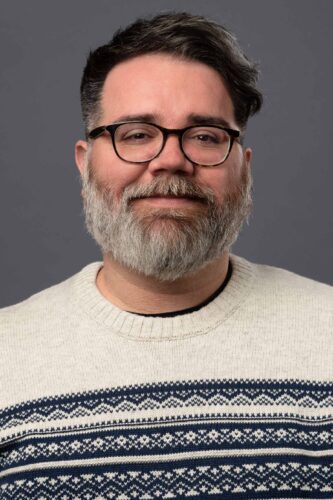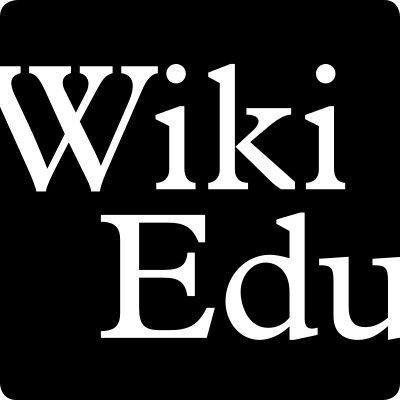Dean Allbritton is an Associate Professor of Spanish at Colby College, where he teaches courses on Spanish visual culture, illness, and gender and sexuality. He also serves as Director of the Center for the Arts and Humanities at Colby College and Executive Director of the New England Humanities Consortium.
When I introduce the idea of working with Wikipedia to my classes, I inevitably get a few puzzled looks. The most common reaction is something like, “Wait, we’re allowed to use Wikipedia? I thought it was unreliable because anyone can edit it.”
It’s a common – pervasive, even – misconception. Once students complete Wiki Education’s early training modules, they’re often surprised by the rigorous protocols for sourcing information and the emphasis on writing without bias. They come to appreciate how Wikipedia’s ease of use is balanced by its clear guidelines and strong communities of editors who uphold them. The result is a resource that’s robust enough for scholarly work and for settling a dinner-table debate.

What they love most about the Wikipedia assignment is the chance to fill in the gaps. Like any human-powered tool, Wikipedia reflects the same blind spots and historical invisibilities that exist in many institutions. Some people and topics fall through the cracks – not because they aren’t important or notable, but because institutional factors have excluded them from official records, downplayed their impact, or failed to recognize their significance. I want my students to be able to recognize those gaps and, when possible, address them – both on and off the screen.
It can be frustrating to find those omissions. But Wikipedia gives all of us a chance to correct them through careful open-source citation and verification.
One of my classes was stunned to discover that renowned visual artist José “Pepe” Espaliú had no Wikipedia article in English. Espaliú was an early and influential Spanish visual and performance artist working from the perspective of someone living with HIV/AIDS in the early 1990s. His absence prompted us to consider the historical ruptures and discrimination that might explain this lack of representation.
Sometimes a gap is just a gap, waiting for someone to fill it. Other times, it reflects a systemic issue of visibility. In this case, a determined group of my students decided to change that.
Wikipedia offers a form of real-world action in a time when many of us feel stuck or powerless. It turns discovery into action in a way that is more than representation (though it is that, too). It’s a chance to be heard, to create something meaningful, and to work collectively to add to a shared body of knowledge. It’s rewarding, it matters, and it’s work you can be proud of.
Interested in incorporating a Wikipedia assignment into your course? Visit teach.wikiedu.org to learn more about the free resources, digital tools, and staff support that Wiki Education offers to postsecondary instructors in the United States and Canada.
